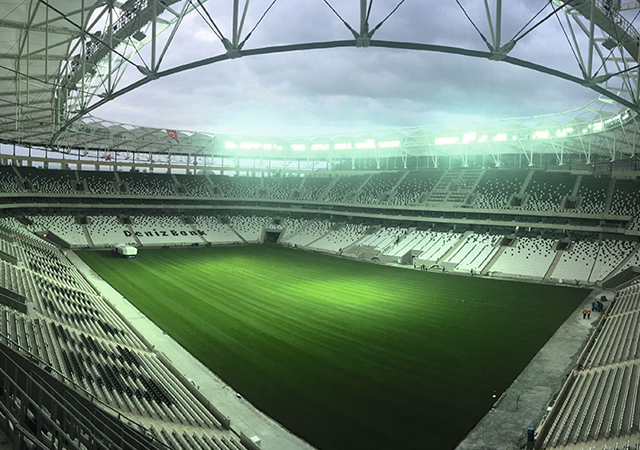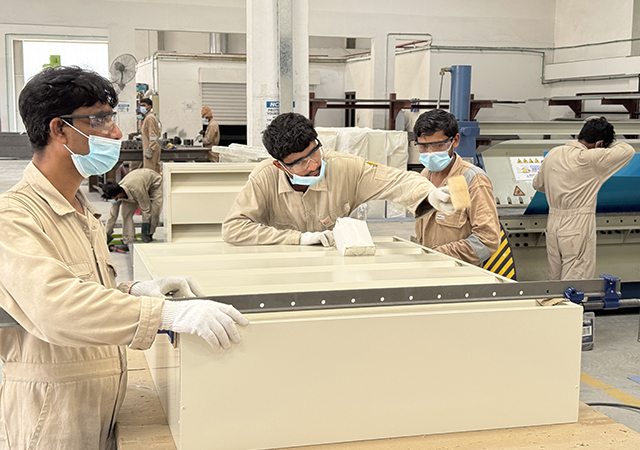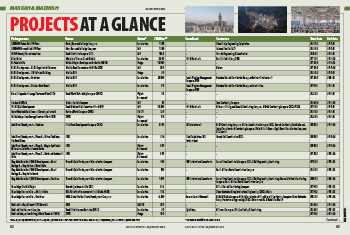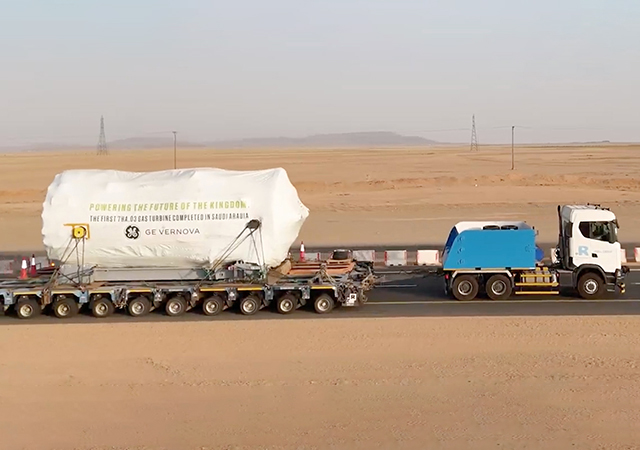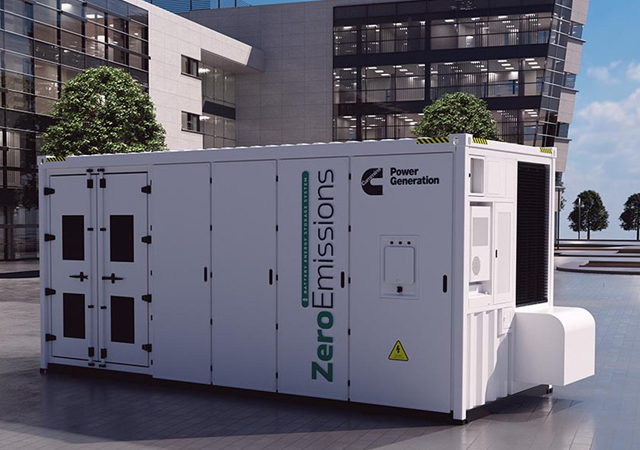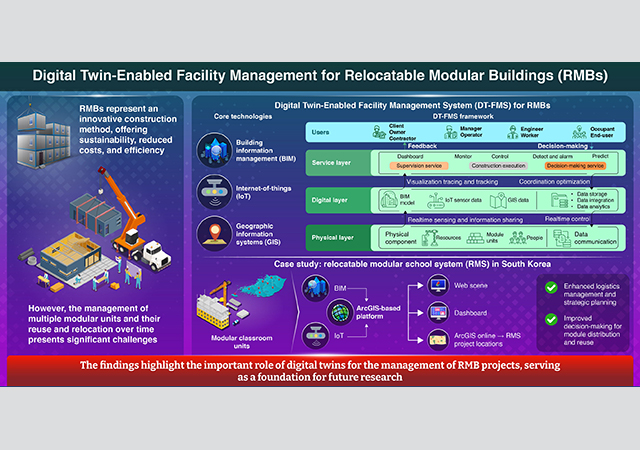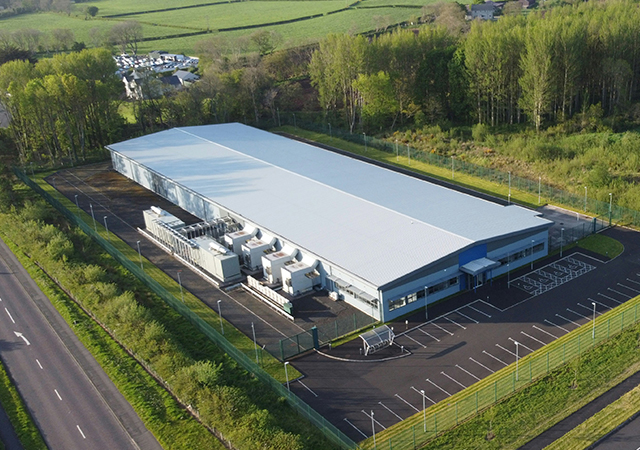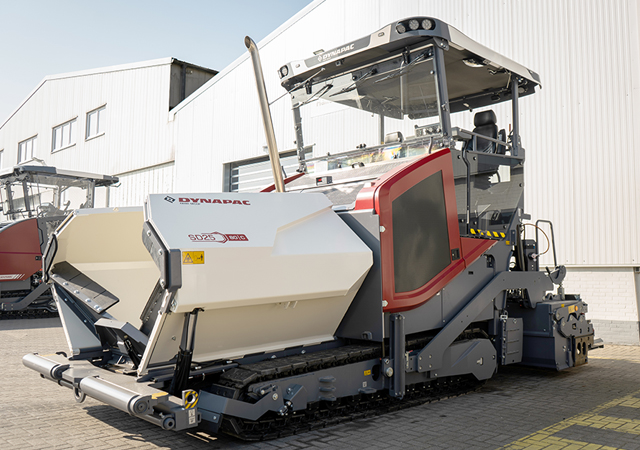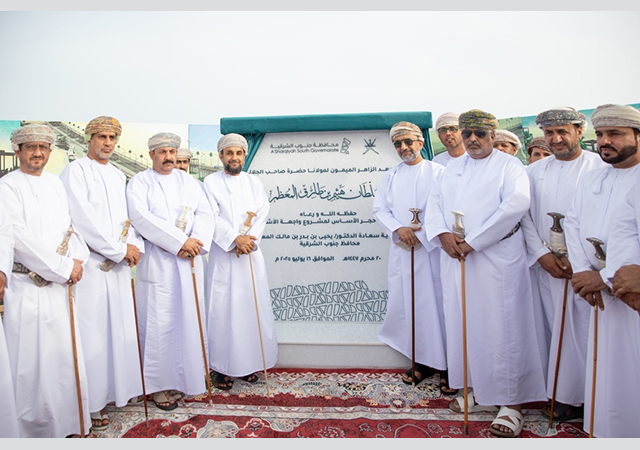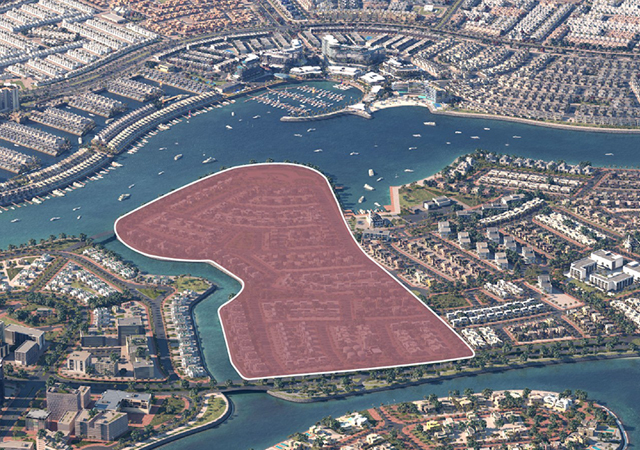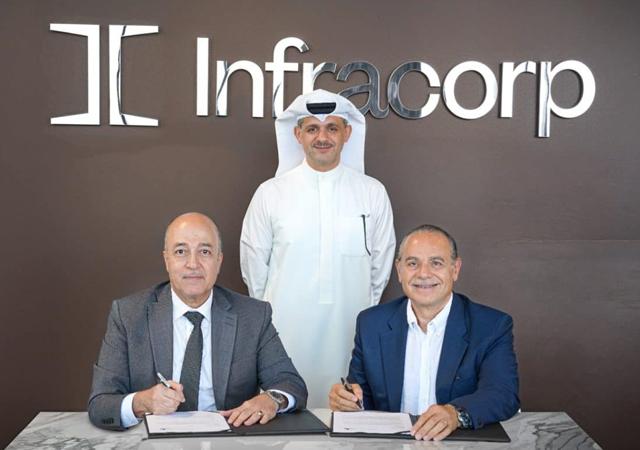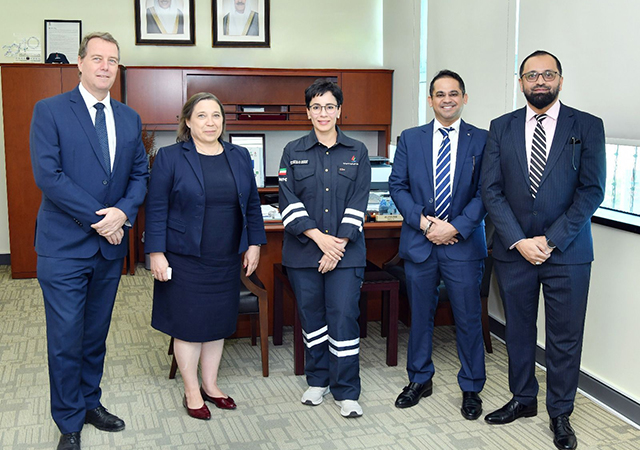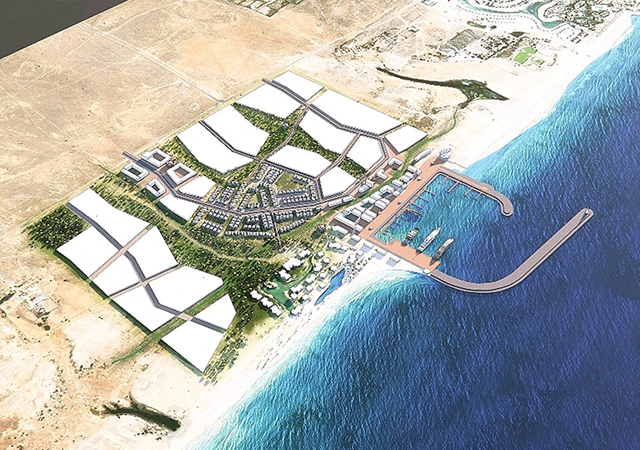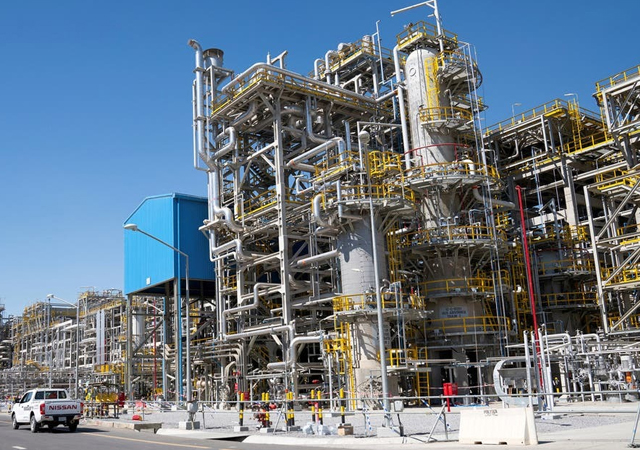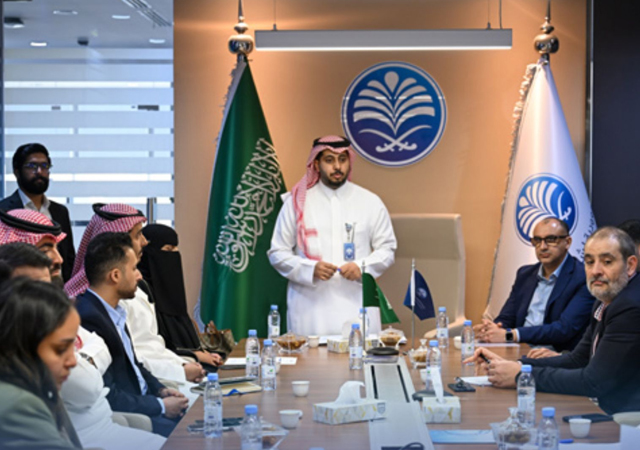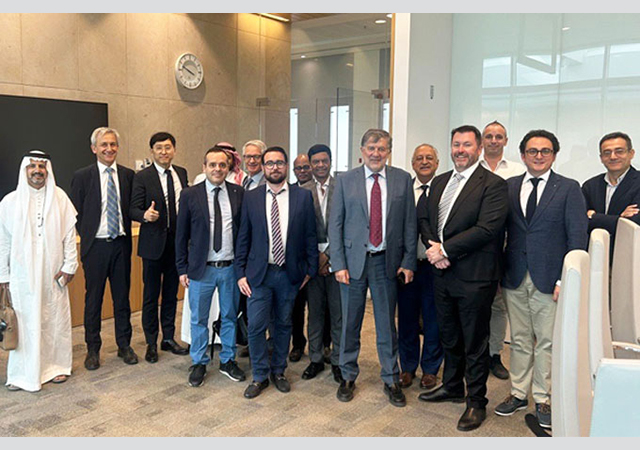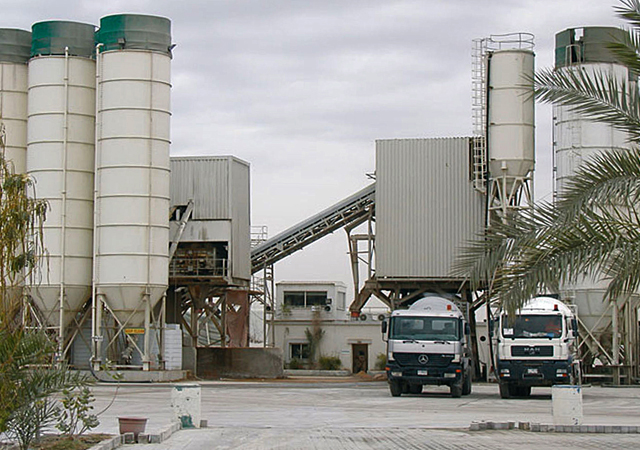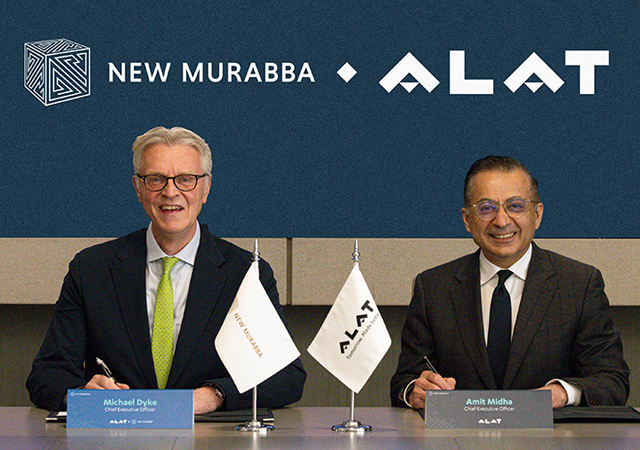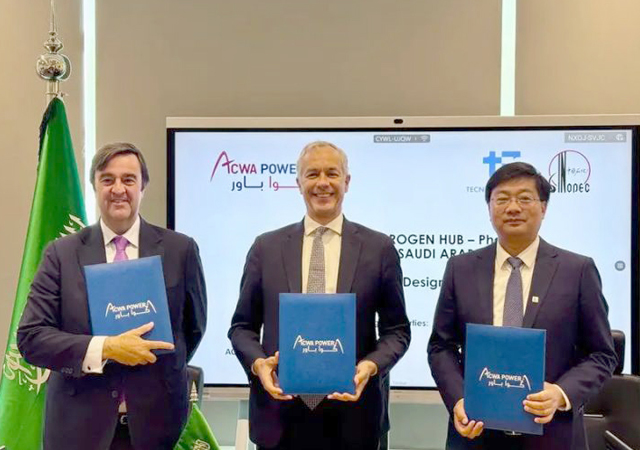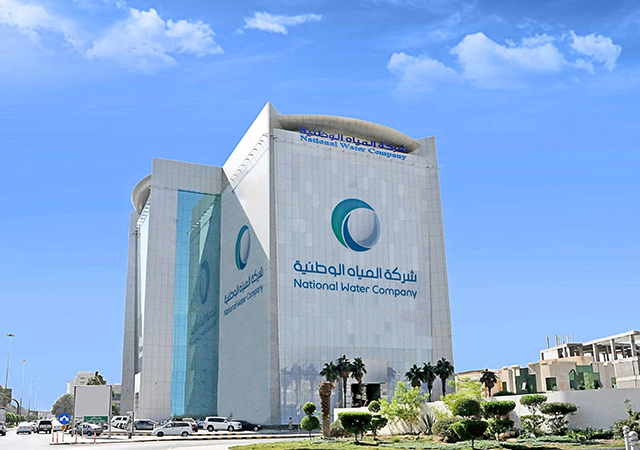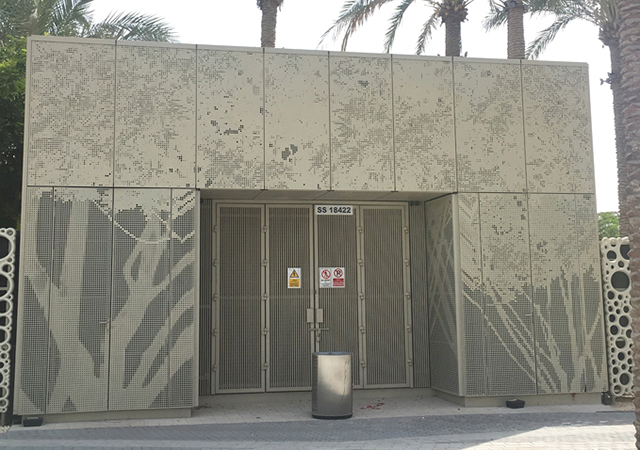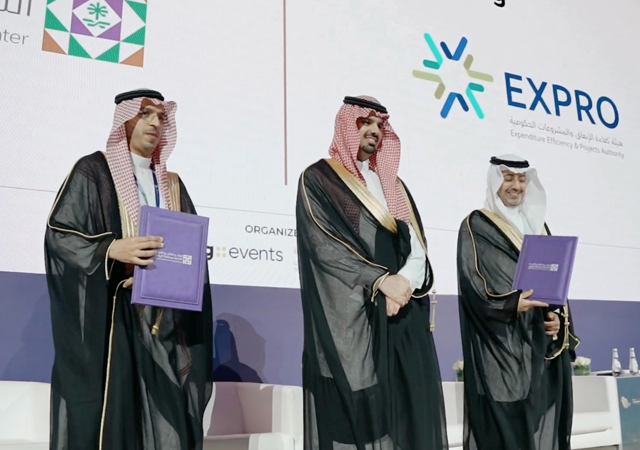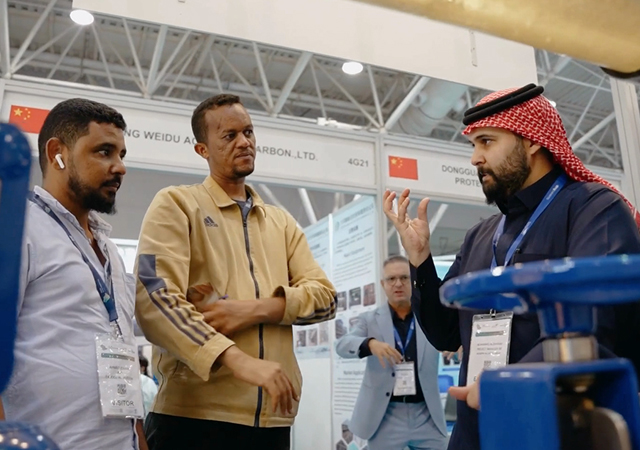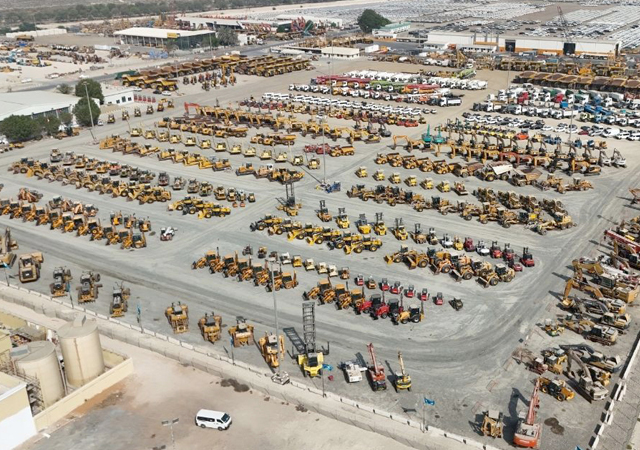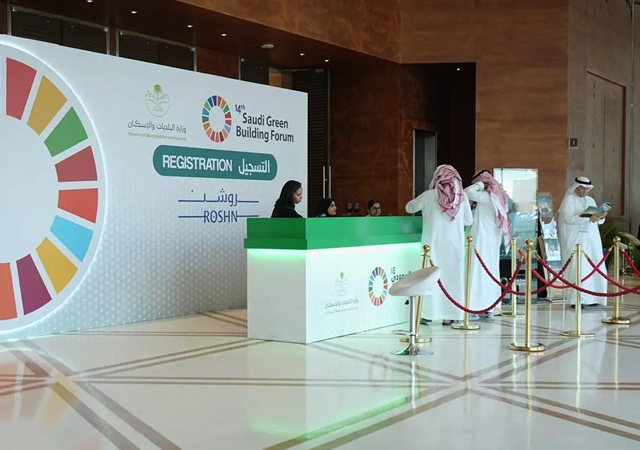
 FROM LEFT: Gogstad with Hibberd ... launching paperless PM techniques.
FROM LEFT: Gogstad with Hibberd ... launching paperless PM techniques.
Dubai-based Tejari, the leading online marketplace in the Middle East, has recently launched Tejari Project Collaboration (TPC), which it claims will revolutionise project management in the engineering and construction industry through the use of paperless planning techniques.
TPC is a robust document management application that integrates proprietary document/application vaulting technologies with a project workflow system specifically developed to suit the engineering and construction industry. It is an Internet-based collaborative application that is intended to replace traditional methods of project management, says Per O Gogstad, manager TPC.
He elaborates: “Traditionally, a project is managed based on extensive use of paper-based planning, follow-up and communication. This is about to change as in the last few years an increasing number of projects are now managed through Internet-based applications.
“The construction industry faces problems that are unique to itself. Each project is different, not only in design but in the team makeup. The industry is made up of a complex supply chain distributed in terms of location as well as mindset. Each member of the supply chain is specialised in a particular product or service and the challenge for the construction project is to integrate the supply chain into a cohesive unit, focused on producing one product, the building or asset.
“To provide a quality end-product at the right price, delivered on time, skilled project management techniques must be applied. More importantly the whole process, including project management, should be supported by clear and effective communication.
“It is an unfortunate feature of the industry that there is much risk in the certainty of cost and delivery for a building. TPC is focused on minimising this risk through faster and more effective communication and collaboration.
More than half the effort in a construction project goes into the manipulation of data and knowledge and all construction costs are directly related to the effective management of this knowledge, he says. TPC serves as a link wherein this vital information can be shared, updated, tracked as well as monitored.
“Project members from various geographical locations can easily communicate with each other through the application services and online conference tool. The need for face-to-face meetings is reduced, saving expensive travel cost and allowing skilled people to work on the job rather than travelling.
“Members working on a number of different projects can navigate from one project to the other through a single interface without compromising on security - all in a structured, secure and efficient environment, which in turn helps to save time, money as well as reach optimal solutions on a particular project,” Gogstad says.
TPC allows users to set up and administer a project, automate task follow-up, run engineering software applications for use with project files, as well as access online e-mail, calendaring, to-do lists and a message board system. Since it provides effective electronic communication, the costs associated with printing, postage and couriers are massively reduced, he points out.
Another risk for projects is delay in completion. “Any delay in opening a facility means revenue is not being gained from its use. This is an additional cost in terms of lost revenue. TPC reduces the number of times the project needs re-designing and makes information available the second it is issued thus reducing delays,” says Gogstad.
TPC has a server-based viewer that allows viewing more than 150 file formats without having the original software on your computer. The only requirement is for a web-browser and Internet connection. Through the viewer, users can also highlight and annotate on drawings and other documents, and save the information in a separate layer-file that is linked to the original file - this way TPC provides total revision control.
TPC has a strong meeting tool where different parties can open and view multiple documents, discuss, highlight and annotate online. The meeting can be saved for later reviews to ensure total project control.
TPC allow users to: effectively manage multiple projects; safely and securely leverage a knowledge and document management system; instantly communicate with others through a real-time collaboration system - both in-house and around the globe; jointly create, integrate and share project files; seamlessly coordinate changes using a smooth online workflow system; and follow-up tasks and automate task management and reporting.
The benefits of TPC include:
- Affordable – only Internet connection and web-browser needed;
- Easy to use – logic and simple user-interface;
- Reduces time to find information - one common electronic file;
- Reduces cost of transferring information - online transfer and meetings through Internet;
- Reduces errors - easy to check latest information;
- Increases accountability - document control and task follow-up; and
- Offers better quality through the alignment of processes.
TPC provides a secure online collaborative environment for project management, says Matthew Hibberd, account manager – Project Collaboration. Security is established through levels of user authentication and authorisation, and a secure hosting environment. Authentication ensures that people are who they claim to be.
TPC is accessible through a single, common logon screen providing a secure ‘front door’ to the entire system, which allows users to log on with a unique username and a secret password.
After verification of the username and password, users are provided access to a project selection screen, which will list out the projects that the user has been granted access to. In each project, the user will again have a unique authorisation in accordance to the access granted by the administrator. This means that every user will have unique access settings for each project separately.
Granular, roles-based security allows the administrator to quickly control the exact level of access a group of users will have to any module of the application on each specific project. Security access levels can be specified across the whole company, a department, a group of users, and down to the individual user level.
TPC provides an additional layer of user authorisation control by restricting access to content or drawings/documents/forms within the application. With nine different levels of access to content, starting with no access, the exact level of access for each person can be specified.
The administrator can control access to content and modules of the application through groups and job functions/user types rather than on individual user basis.
Changes in access level can then be applied on a whole group, and individual changes can be applied by changing the job function or group membership for an individual.
When users are inactive for 20 minutes or more, the system will automatically block access and will prompt to log on again to continue work. This secures access to the application if the user forgets to log out while leaving the computer.
Customers entering data into the TPC application hold the ownership for such data. Employees of Tejari or the data centre do not have direct access to the hosting equipment, except when necessary for system management, maintenance and backup.
Equipment is located in a data centre facility that provides 24 hours physical security and electronic access control, standby electric generators, redundant data centre air conditioners and other backup equipment designed to keep servers continually up running. In addition, Tejari also promises round-the-clock operational support for hardware and connectivity issues.
Web servers and application servers are configured in a redundant configuration. Data is daily backed up on tape and stored in a secure location. Servers are protected from illegal intrusion/hacking through Internet with Firewall and IDS, says Hibberd.






